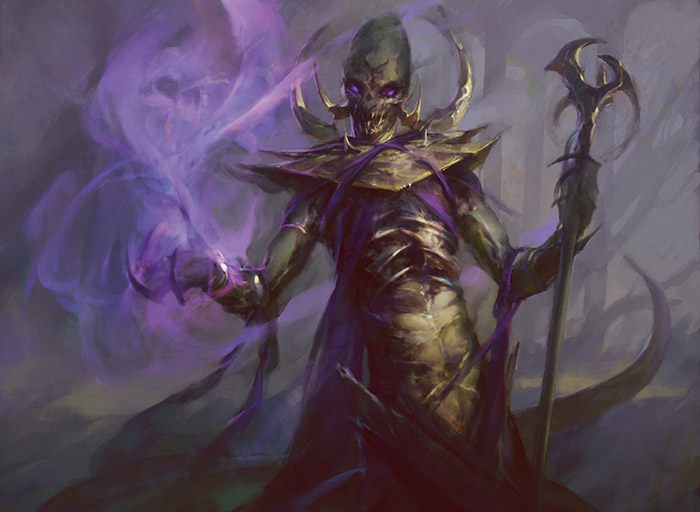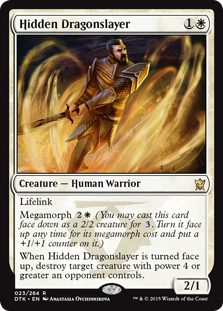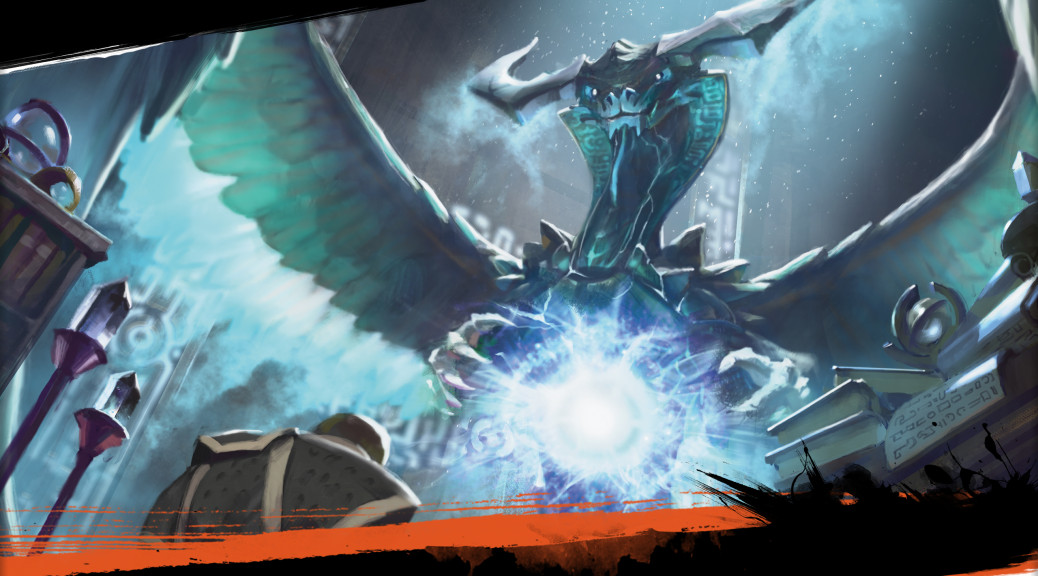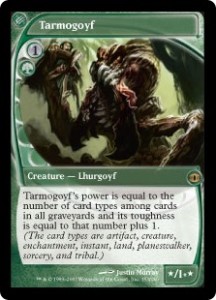Usually I write a column called Financial Five on Brainstorm Brewery at each set release. This column highlights my top five cards worth speculating on in the new Standard environment. With MTGPrice now sponsoring BSB, I reached out and was glad to be asked to join this team of knowledgeable MTG finance juggernauts.
With so much going on, my Dragons of Tarkir (DTK) article was caught in limbo during the website transition and couldn’t post until after Pro Tour Dragons of Tarkir.
I still see value in my original FF: DTK article and want to find a way to relay that experience to you. The below points aren’t me saying, “I could have told you where ‘X’s’ price was going to land.” Rather, I’m revisiting some of the things I originally thought to help us all understand price changes from a set’s prerelease to after the Pro Tour. I learn something about finance every time a new set comes out. (And for those who dislike staring at graphs, this is a price fluctuation overview of DTK.)
Original Financial Five: DTK
The prices cited below are release-day prices. Here’s what I said about the cards I called:
- Blood-Chin Fanatic – $2 or less – Post Theros rotation prediction. Warriors have a lot of playable choices with the exit of Drown in Sorrow and Anger of the Gods.
- Sidisi, U
 ndead Vizier – $4 – Finding a creature to extort is not a problem in this metagame. Sidisi helps you break midrange mirrors and blocks well.
ndead Vizier – $4 – Finding a creature to extort is not a problem in this metagame. Sidisi helps you break midrange mirrors and blocks well.
- Surrak, the Hunt Caller – $4.50 – The Polukranos replacement we needed for this metagame. Perfect for Abzan Aggro and Green Devotion decks.
- Stratus Dancer – $2 or less – This is an extra counter in the control mirror that pressures your opponent’s life total. It has potential in a R/U Dragons Tempo deck.
- Hidden Dragonslayer – $1 – This is undervalued due to the expectation of only fitting in warriors decks, but remove the creature type and it’s removal against any opponent that plays stabilizing creatures on turn four or five.
Honorable Mentions
 Icefall Regent – $2 or less – I was so close to switching this with Hidden Dragonslayer, but ultimately felt it didn’t have as much room to move up.
Icefall Regent – $2 or less – I was so close to switching this with Hidden Dragonslayer, but ultimately felt it didn’t have as much room to move up.
- Den Protector – $2 – I wanted to get behind this card, but thought Tasigur was clearly better card advantage. Black and green are almost always together in today’s Standard. Clearly, I was wrong. Guess I should know more synergistic green uncommon enchantments from Journey to Nyx.
DTK That I Missed
- Dragonlord Atarka – Holy cow! This is a great example of how MTG finance works with a mythic that gets played as a four-of at the Pro Tour.
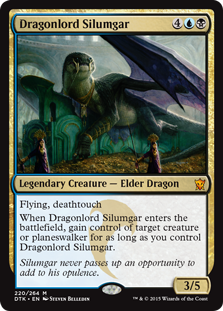
- Dragonlord Silumgar – I remember wanting to like him but never thought the removal-heavy nature of Standard would allow him to make waves (or flaps in his case, I guess). The amount of board control in the U/B Dragon deck converted even the more serious skeptics, though.
Price Movements & Updates
- Sidisi, Undead Vizier and Surrak, Hunt Caller both moved up in advance of the Pro Tour due to lack of available product and in response to the first streamed event with DTK (a Star City Games Open, I might add).
- Hidden Dragonslayer, Blood-Chin Fanatic, and Stratus Dancer stayed the same.
- Den Protector and Icefall Regent went from $2 to $5 for reasons different than I had originally mentioned.
- Surrak, Hunt Caller & Sidisi, Undead Vizier went back down to around $4.50 each.
Financial Opportunities Left in DTK
- The whole undercosted megamorph cycle (except for Silumgar Assassin) is powerful enough to see future Standard format play.
- Hidden Dragonslayer and Blood-Chin Fanatic are still safe pickup targets due to post rotation speculations (at $2 or less).
- If anything bumps Atarka off her pedestal, look for a small Hornet Queen or Genesis Hydra price increase. Being rares, they won’t see a similar spike to the Dragonlord, but Hornet Queen is the only one of the two that has another printing. They both have a chance to hit $5 again.
- Sarkhan Unbroken still has some time to drop, but I think $10 or less is a good place to get in at. The dual lands from the next block will hold a lot of weight in determining whether he is worthwhile. History shows Wizards like to switch back and forth between mono- or two-colored Standard and multicolored Standard. Since DTK didnt have rare duals, tri lands, or gain lands, I suspect the Theros rotation will be a multicolor format. We know that Battle for Zendikar will encourage printing unique rare lands (such as enemy fetches or Valakut-style lands) and land-mechanic synergies (like landfall). I think Sarkhan keeps a lot of potential playablilty pre-Khans/Fate Reforged rotation.
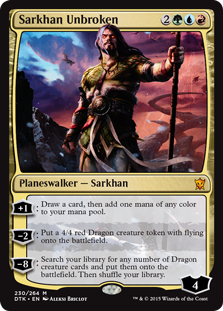
Am I thinking too far ahead? Maybe. As you’ll find out in my next article, I take some unique or unconventional approaches to trading and finance. It pays to be prepared, though.
Wrap Up
I understand this article wasn’t chock-full of financial recommendations, but I do hope it can give you a little insight on how prices behave from a set’s prerelease to after the Pro Tour.
Let my correct predictions excite you for future Financial Five articles and let my screw-ups give you an excuse to send me a tweet saying, “How did you miss that?!?!”
As always, thanks for reading.
